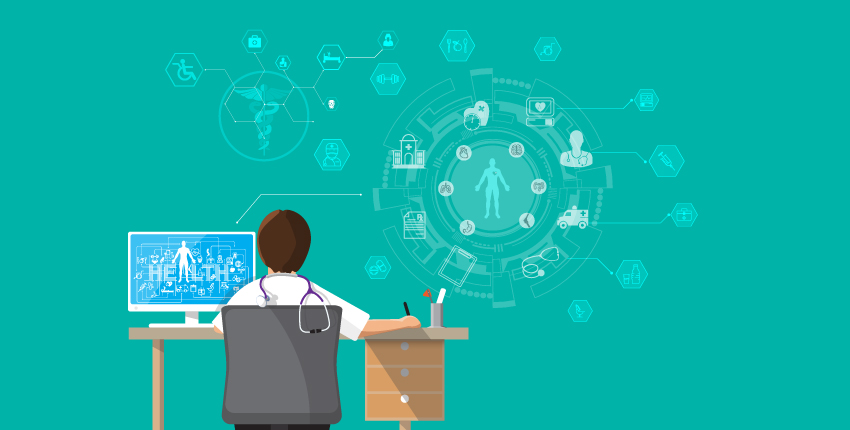Emerging solutions for administrative burden and provider burnout
David Y. Ting, chief medical information officer of the Massachusetts General Physicians Organization in Boston and co-director of the MGH Center for Innovation in Digital HealthCare, discusses technologies aimed at easing administrative burden and provider burnout.
